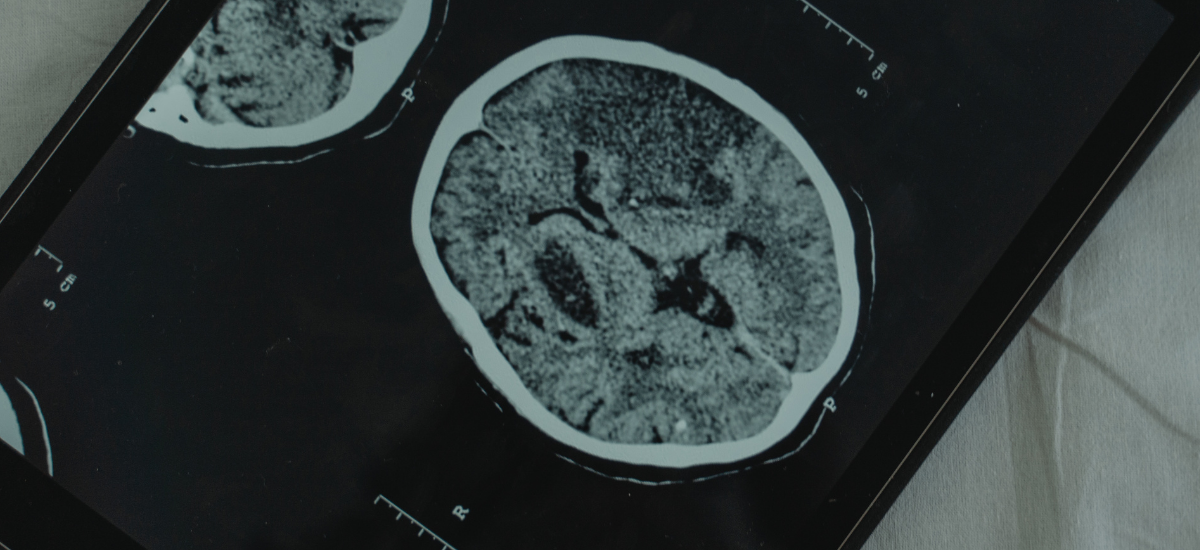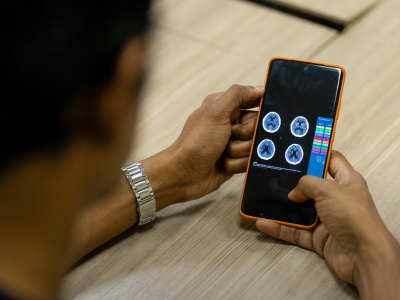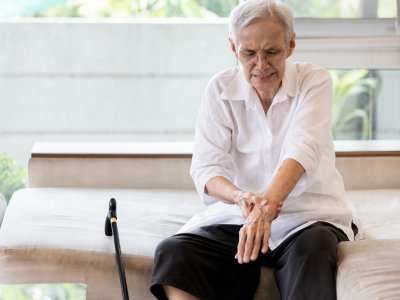Published on 29 October 2025
Unhealthy lifestyles and stress are putting more people at risk of stroke — a wake-up call for healthier living.At a glance
- Over 9,600 stroke events recorded in 2021
- Sharp rise among those aged 40–49 — over 30 per cent increase in a decade
- Stress, poor diet and smoking among key risk factors
- Six in ten young stroke patients had clogged or damaged arteries or risk factors that lead to it
More Singaporeans in their 30s and 40s are suffering strokes — a condition once associated with the elderly — as national data show a sharp increase in cases among younger adults.
While most patients were aged 60 and above, the surge among younger adults was striking. From 2011-2021, the incidence among those aged 40 to 49 rose by about 33 per cent, and among those aged 50 to 59, by around 13 per cent.
“It’s a growing concern that affects people in their prime working and family years,” said Dr Benjamin Tan, Consultant at the Division of Neurology, Department of Medicine, National University Hospital (NUH).
Rising risks behind the trend
Part of the increase reflected better recognition and faster diagnosis, Dr Tan explained. However, much of it, he cautioned, stemmed from real increases in vascular risk factors among younger adults.
Common culprits included high blood pressure, high cholesterol, diabetes and smoking. Other causes of young-onset stroke include heart abnormalities such as patent foramen ovale (a small channel between heart chambers), blood-clotting or autoimmune disorders, and arterial dissections, which are small tears in blood vessel walls.
Different strokes, same danger
Strokes fall into two main types: ischaemic, which occurs when a blood vessel is blocked, and haemorrhagic, caused by bleeding in the brain.
About 80 per cent of strokes are ischaemic, and while this remained the most common type across all ages, haemorrhagic strokes were relatively more frequent among younger adults, often linked to hypertension, aneurysms or vascular malformations.
The danger of delay
“The difference lies not in symptoms but in interpretation,” said Dr Tan.
- Face drooping
- Arm weakness
- Speech difficulty
- Time to call 995
Genes and generation risk
Prevention starts early
He advised regular health screening, quitting smoking, staying active and eating a balanced diet low in salt, sugar and unhealthy fats.
A call for awareness
“Stroke can strike anyone, even those who consider themselves fit and healthy,” said Dr Tan.
His message was simple: think stroke, act fast, and start prevention early.
In consultation with Dr Benjamin Tan, Consultant, Division of Neurology, Department of Medicine, NUH.



